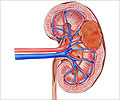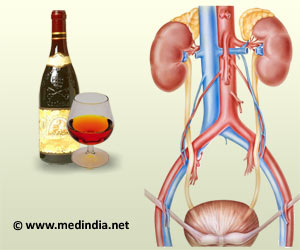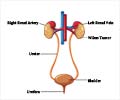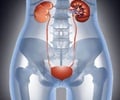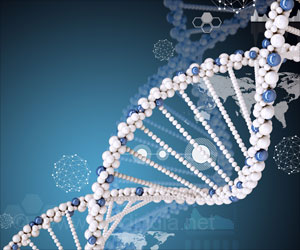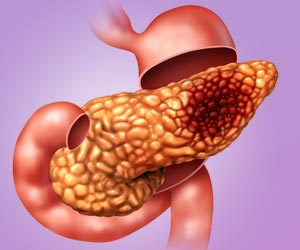An enzyme key to cessation of tumor growth has been identified in an analysis of metabolites used by the body to make fuel in normal and cancerous cells in human kidney tissue.

The new study, published online this week in Nature, was led by Celeste Simon, PhD, a professor of Cell and Developmental Biology and the scientific director for the Abramson Family Cancer Research Institute at Penn.
Clear cell renal cell carcinoma (ccRCC), the most frequent form of kidney cancer, is characterized by elevated glycogen (a form of carbohydrate) and fat deposits in affected kidney cells. This over-storage of lipids causes large clear droplets to accumulate, hence the cancer's name.
In the last decade, ccRCCs have been on the rise worldwide. However, if tumors are removed early, a patient's prognosis for five-year survival is relatively good. If expression of the FBP1 gene is lost, patients have a worse prognosis.
"This study is the first stop in this line of research for coming up with a personalized approach for people with clear cell renal cell carcinoma-related mutations," says Simon, also an investigator with the Howard Hughes Medical Institute.
A Series of Faulty Reactions The aberrant storage of lipid in ccRCC results from a faulty series of biochemical reactions. These reactions, called the Kreb's cycle, generate energy from carbohydrates, fats, and proteins in the form of ATP. However, the Kreb's cycle is hyperactive in ccRCC, resulting in enhanced lipid production. Renal cancer cells are associated with changes in two important intracellular proteins: elevated expression of hypoxia inducible factors (HIFs) and mutations in the von Hippel-Lindau (VHL) encoded protein, pVHL. In fact, mutations in pVHL occur in 90 percent of ccRCC tumors. pVHL regulates HIFs, which in turn affect activity of the Kreb's cycle.
Advertisement
To complement genetic studies revealing a role for epigenetic enzymes, the team evaluated metabolic enzymes in the 600-plus tumors they analyzed. The expression of FBP1 was lost in all kidney cancer tissue samples examined. They found FBP1 protein in the cytoplasm of normal cells, where it would be expected to be active in glucose metabolism. But, they also found FBP1 in the nucleus of these normal cells, where it binds to HIF to modulate its effects on tumor growth. In cells without FBPI, the team observed the Warburg effect – a phenomenon in which malignant, rapidly growing tumor cells go into overdrive, producing energy up to 200 times faster than their non-cancer-cell counterparts.
Next steps, according to the researchers, will be to identify other metabolic pathways to target, measure the abundance of metabolites in kidney and liver cancer cells to determine FBP1's role in each, and develop a better mouse model for preclinical studies.
Source-Eurekalert

